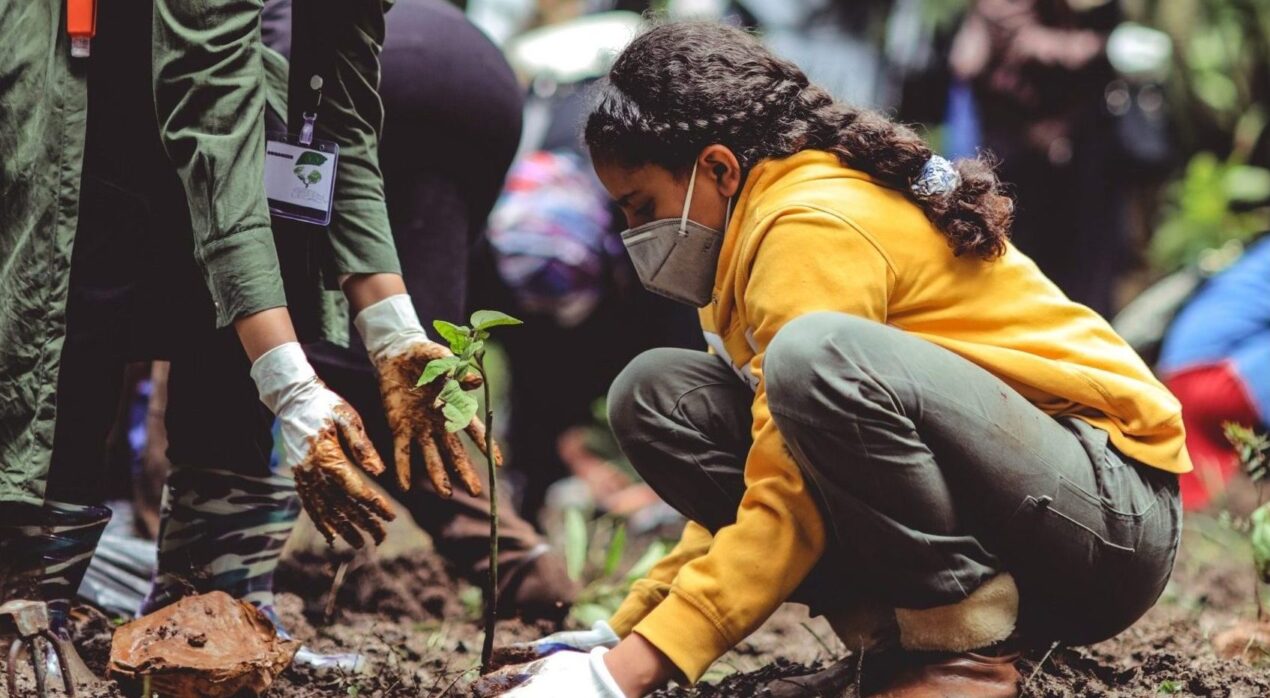
Tree planting
Lead by Example

Summary
Trees provide cooling through evapotranspiration and shading that decreases temperatures along walkways. Increasing vegetation provides numerous co-benefits like reducing pollution, improving the public realm, and decreasing energy costs. Governments can plant trees on publicly-owned property to demonstrate the importance and impact of tree planting, provide cooling benefits, and increase tree canopy coverage.
Implementation
Plant trees on new or existing publicly-owned property.
Considerations for Use
These programs can be piloted to demonstrate impact, however, impact will be site-dependent. For example, adding to the tree canopy of city-owned and managed park that already has abundant green space will have lower impact than tree planting in areas with less existing green space. Plantings require ongoing maintenance with associated costs and staffing.
Overview
Climate:
Cold, Hot/Dry, Hot/Humid, TemperatePolicy Levers:
Lead by ExampleGovernments have ownership and jurisdiction over a range of assets (e.g. buildings and streets) and also serve as a direct employer, and contractor. This allows them to promote heat risk reduction and preparedness solutions and demonstrate their impact through leading by example with proactive interventions to make their assets, employment opportunities, and contracts heat-resilient.Trigger Points:
Evaluating or initiating major city infrastructure projectsIncludes projects such as city transit, street or utilities construction / re-construction etc.Planned new developmentIncludes Greenfield or brownfield development or new constructionSubstantial rehabilitationIncludes the re-development or major renovation projects.Intervention Types:
Green/natural InfrastructureSectors:
Parks, Public Works
Impact
Target Beneficiaries:
Heat-vulnerable communities, ResidentsPhase of Impact:
Risk reduction and mitigationMetrics:
Number of trees planted
Implementation
Intervention Scale:
SiteAuthority and Governance:
City governmentImplementation Timeline:
Short-term (1-2 Years)Implementation Stakeholders:
City governmentFunding Sources:
Public investmentCapacity to Act:
High, MediumBenefits
Cost-Benefit:
LowPublic Good:
HighGHG Reduction:
MediumCo-benefits (Climate/Environmental):
Improve stormwater management, Preserve biodiversity, Provide flood protection, Reduce air and water pollution, Reduce greenhouse gas emissionsCo-benefits (Social/Economic):
Build social cohesion, Improve human health, Improve the public realm, Increase property values
